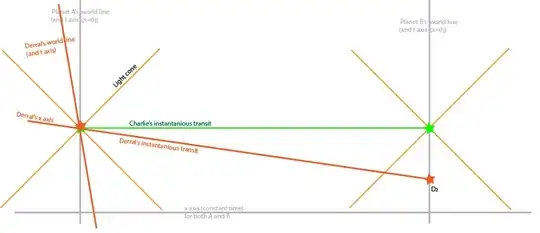Okay, so I have a sci-fi setting in which there is a form of FTL travel.
Imagine the universe(all three/four dimensions of it) was stretched out onto the surface of a sphere.
Now assume that there is no way of traveling through space FTL but it is possible to rotate towards the centre of the "sphere" and skip parts of space. Thereby, allowing STL ships that can acheive significant STL speeds to take a shortcut by cutting across the spere.
For the sake of easy calculation, assume that the trip to Alpha Centauri is halfed in distance by taking the shortcut. (I know that if the universe was that curved then it would have been noticed by now. This is just for illustration.)
Would it be possible for a ship that could travel at 75% the speed of light through space, taking the shortcut which halfs the distance (Resulting in an effective speed of 1.5c), to violate causality?
EDIT:
If anyone can tell me the math I'd have to do to figure it out myself, that would also be appreciated.
